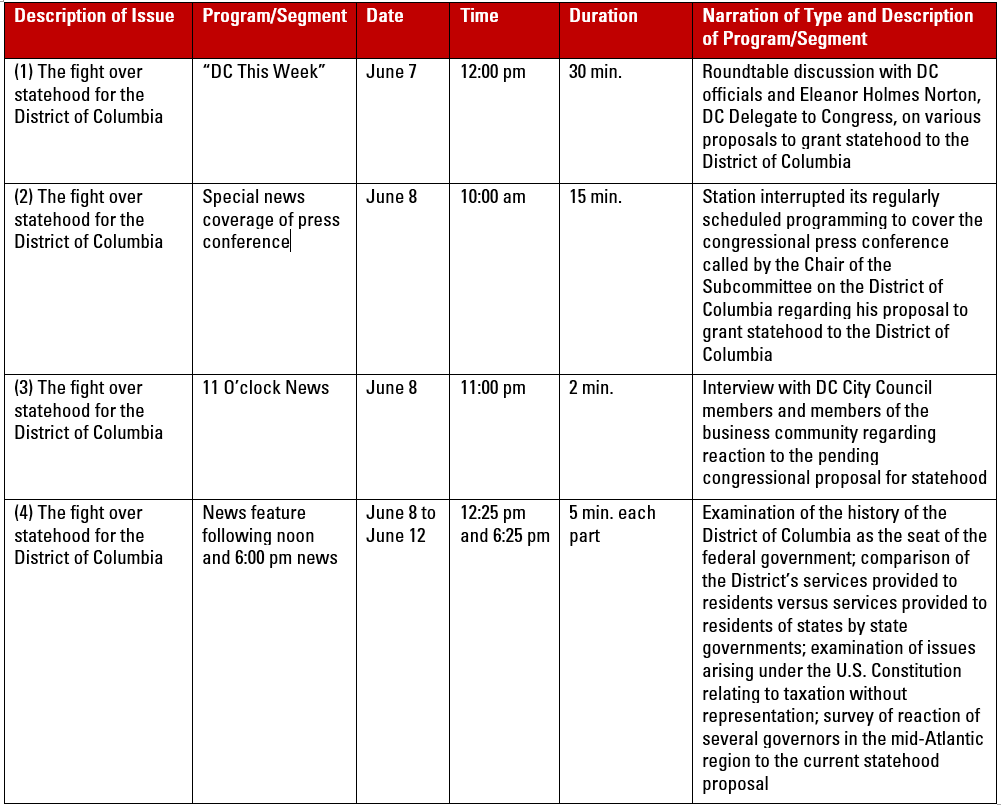Search
Published on:
Deadline for 2020 Children’s Television Filings Fast Approaching
The deadline to file the 2020 Annual Children’s Television Programming Report with the FCC is January 30, 2021, reflecting programming aired during the 2020 calendar year. Note that because this deadline falls on a weekend, submissions may be made on February 1, 2021. In addition, commercial stations’ documentation of their compliance with the commercial limits in children’s programming during the 2020 calendar year must be placed in their Public Inspection File by January 30, 2021.
Overview
The Children’s Television Act of 1990 requires full power and Class A television stations to: (1) limit the amount of commercial matter aired during programs originally produced and broadcast for an audience of children 12 years of age and under, and (2) air programming responsive to the educational and informational needs of children 16 years of age and under. In addition, stations must comply with paperwork requirements related to these obligations.
On July 12, 2019, the FCC adopted a number of changes to its children’s television programming rules. Substantively, the new rules provide broadcasters with additional flexibility in scheduling educational children’s television programming, and modify some aspects of the definition of “core” educational children’s television programming. Those portions of the revisions went into effect on September 16, 2019. Procedurally, the new rules eliminated quarterly filing of the commercial limits certifications and the Children’s Television Programming Report in favor of annual filings. These revisions went into effect on January 21, 2020.
The differing effective dates of various aspects of the new rules resulted in a confusing situation in 2020 where stations had to file quarterly documentation of commercial limits compliance for the Fourth Quarter of 2019, but an Annual Children’s Television Programming Report that only covered a small portion of the preceding year. As a result, the Children’s Television Programming Report and commercial limits documentation filed this year will be the first to reflect an entire calendar year of operation under the new rules. Continue reading →
 Comm Law Center
Comm Law Center


